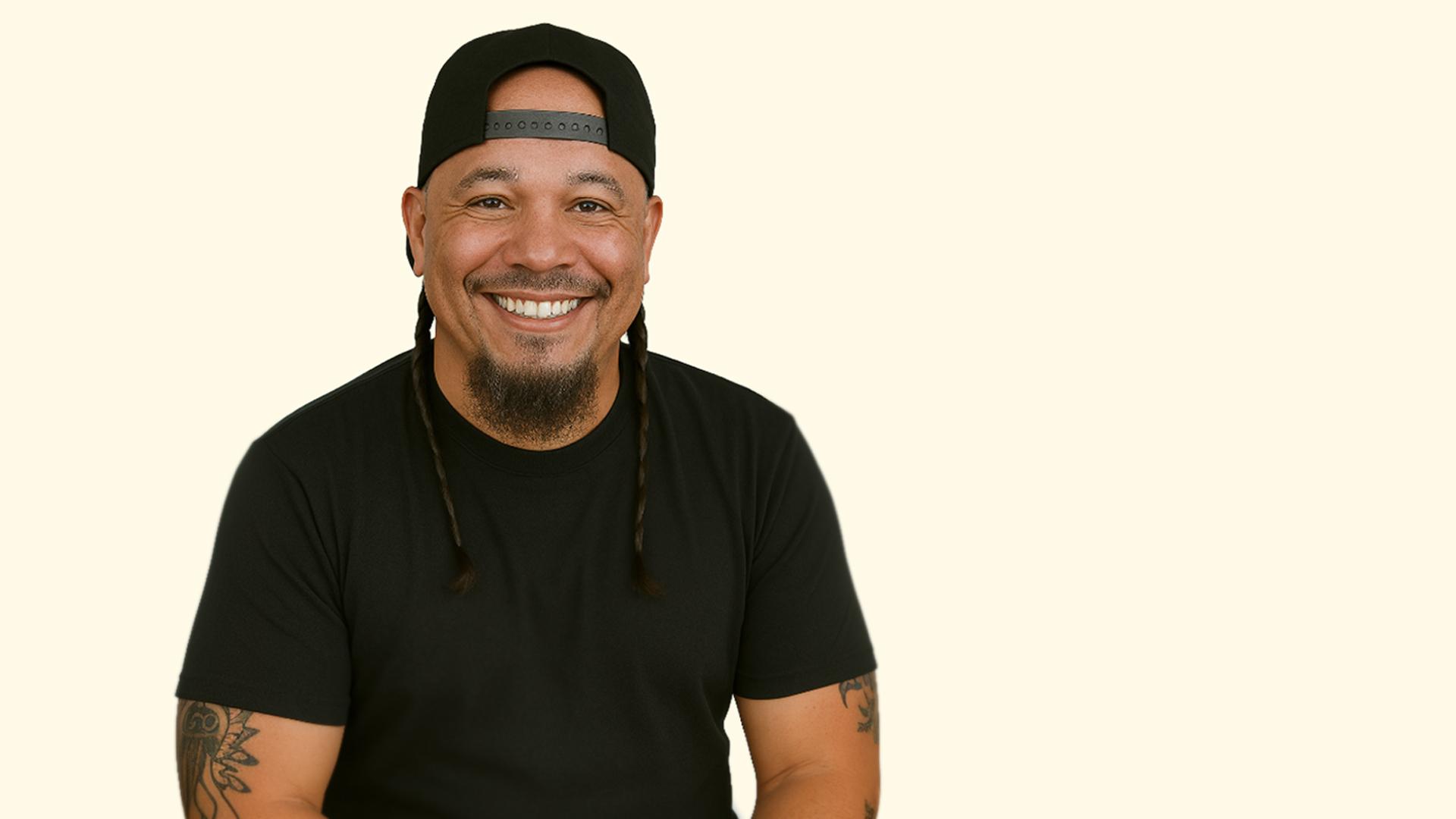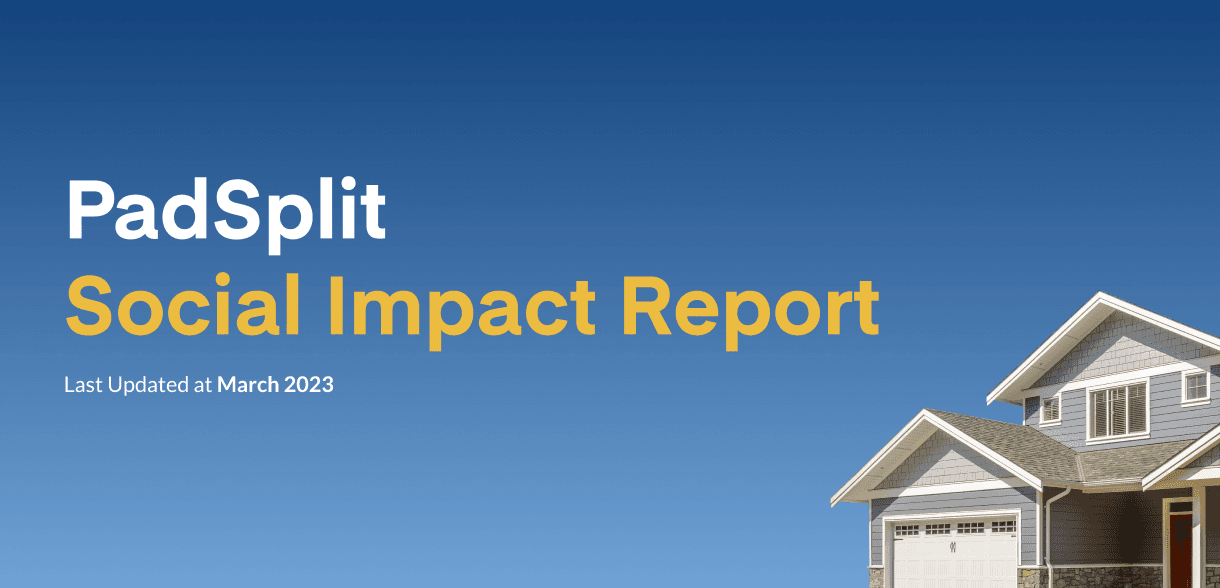Becoming debt-free is a financial goal many of us have, but sometimes it can feel impossible to achieve. That’s where a debt pay-off, or repayment, plan comes in. It’s a tool designed to help make paying off debt manageable. Here are 4 easy steps to help create one.
4 Steps to Create a Debt Repayment Plan
1. Make a list of all debts.
The first step of any debt payoff plan is making a list of all your debts. This may feel overwhelming at first, but it’s important to know where you stand. Include the minimum monthly payment, balance, and interest rate for all debts. Your debts may include student loans, auto loans, medical bills, personal loans from friends or family, and credit cards.
2. Review your monthly budget.
Now that you have a comprehensive list of all your debts, it’s time to review your monthly budget. This will help you identify how much money you can put towards debt repayment. Don’t worry if there’s not that much money at first. Even an extra $20 a month adds up over time and puts you closer to your financial goals.
Here’s an example.
Let’s say your monthly income is $3,000 a month. Your living expenses (rent, food, gas, clothing) cost $1,250 a month. Your cellphone bill is $100 a month. Your car insurance is $125 a month. Your minimum monthly payments equal $750 a month and you put $400 towards savings every month. This leaves you with $375 as spending money.
In this scenario, you would adjust the amount of your spending money every month. You could allocate $125 a month towards debt repayment and still have $200 leftover for “fun.”
3. Choose a debt pay-off method
There are two main methods for paying off debt – snowball and avalanche.
The snowball debt pay off method is where you rank your debts from smallest to largest amount. Then, you make your way down the list. As you pay off one debt, you apply the amount of money towards the next largest debt. This creates a “snowball” effect that helps you pay off more loans. It also helps give you a sense of accomplishment as you work towards becoming debt-free.
The avalanche debt pay-off method is where you rank your debts from highest to the lowest interest rate. Then, you work your way down the list. This method can take longer than the snowball method, especially if your highest interest debt is also your largest debt, but it helps save the most money on interest in the long run.
Here’s an example:
- Debt 1: Car loan with a $15,000 balance and 4% interest rate.
- Debt 2: Credit card with a $2,500 balance and 20% interest rate.
- Debt 3: Credit card with a $3,000 balance and 21% interest rate.
Using the snowball method, you would pay off Debt 2 first while you make the minimum monthly payments on Debt 1 and 3. Then, you’d apply the money you put towards Debt 2’s monthly payment towards Debt 3. Once that was paid off, you’d apply all money spent on that monthly payment towards Debt 1 until it was paid off.
Using the avalanche method, you would pay off Debt 3 first while you make the minimum monthly payments toward Debt 1 and 2. Then, you’d pay off Debt 2 followed by Debt 1.
You could also combine the two. First, you’d pay off Debt 3 while you make the minimum monthly payments towards Debt 1 and 2. Then, you’d apply the money you put towards its monthly payment towards Debt 3. Finally, you’d apply all money spent on that monthly payment towards Debt 1.
There is no right or wrong method for paying off debt. The key is selecting a method, sticking to it, and making sure you are still making minimum payments on all your debts each month to prevent additional fees.
4. Stick to your pay-off method and budget.
Paying off debt can feel overwhelming, but it’s easy if you stick to your plan and budget. Make reviewing your plan part of your regular budget review process. Adjust as you go, set milestones, and reward yourself when you reach them.
One of the ways to speed up your debt-free journey is to pick up an additional job to earn more income or reduce your expenses. Living expenses tend to be one of the largest items in a monthly budget. Consider moving into a PadSplit to save money on your housing costs while you work towards your financial goals. PadSplit Members save an average of $420 each month thanks to an all-inclusive weekly payment. Become a Member today.


